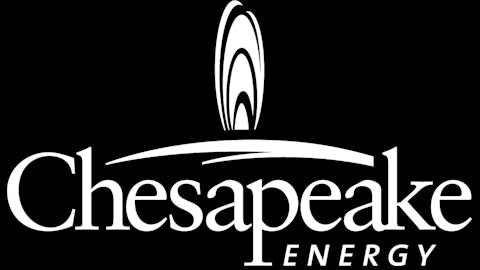You may have become queasy watching the market bounce around rather dramatically of late. Obviously, the impetus for those contortions includes concern about the Federal Reserve’s likely timing in tapping the brakes to slow the pace at which it’s administering monetary stimuli. One result of such an action could be the imposition of a drag on the economy, which in turn could lead to a slide in crude prices.
But would it? I’m a believer that the economies of the U.S. and much of the rest of the world would need to be severely wounded before we’d see oil prices drop appreciably. Indeed, I’ve become even more convinced of that perspective since perusing an excellent presentation made at last week’s Energy Information Administration Annual Conference by Jan Stuart, head of energy research at Credit Suisse.
The key points
Stuart’s talk was titled “High and Rising Oil Prices, Despite the U.S. Oil Production Boom.” In it, he propounded a number of considerations about likely movers of crude supply, demand, and prices during the next several years. I’ll paraphrase what I consider to have been his key points:
- Demand for oil has decreased in the world’s developed nations since 2005, but it’s expanded at a far higher rate in the developing nations. Indeed, China’s slowdown notwithstanding, 2013 is the year during which the developing nations will first consume more oil than their developed brethren.
- While unconventional drilling has led to substantial growth in U.S. oil production, the expansion of hydraulic fracturing continues to be far more pronounced regarding natural gas output.
- Since the “Arab Awakening,” total production from the Middle East and North African (MENA) nations has been disrupted. Given the spillover of the war in Syria, intensifying Sunni-Shia tensions, Iran’s nuclear ambitions, Iran-Saudi Arabian competition, and advancing Kurdish nationalism, a calming in the region is hardly on the horizon.
- The global oil supply base is aging, with 40% to 50% of the total fields in decline and approximately the same amount continuing to increase. Even the “still growing fields” are likely to slide from their current 6 MMbpd-7 MMbpd output to 2 MMbpd-3 MMbpd over time.
Price differentials
He also noted that, even in the liquids-rich Eagle Ford and Bakken plays, a tremendous variance in breakeven oil prices is problematic. In the South Texas play, for instance, the West Texas Intermediate breakeven price in Karnes County is about $29 per barrel, while immediately to the north in Wilson County, the breakeven is nearly $160 per barrel, a range that results from infrastructure availability, water constraints, geology, and well productive capacity.
The same phenomena exist in the Bakken, where the breakeven can vary between $61 and $136 a barrel in contiguous counties. Obviously, operations in the more expensive areas have already been priced out of the market.
Another peek at peak oil
All of this is reminiscent of M. King Hubbert. You may recall that in the past century Hubbert was a research geophysicst for Royal Dutch Shell plc (ADR) (NYSE:RDS.B), a University of Chicago Ph.D., who first said in 1956 that petroleum production, whether in a region or globally, tends to follow a bell-shaped curve. It thereby reaches a peak, from which it declines steadily. It’s a theory that, with the increases in U.S. unconventional crude production during recent years, we appear to have shelved for the time being. It’s unlikely to have breathed its last, however.
A few of the compelling companies
From my perspective, the message to be taken away from Stuart’s presentation is simply that, even in the face of potential U.S. economic distress, a well-structured portfolio will contain at least a modicum of energy of names. For starters I’d look to Schlumberger Limited. (NYSE:SLB), the world’s leading oilfield services company and energy’s technology major domo. Given its operations in about 85 countries, a worldwide energy cataclysm would seemingly be required for the big company to face a significant slowdown.
In addition, Houston-based National-Oilwell Varco, Inc. (NYSE:NOV) , a now sizable maker of equipment and components for drilling rigs, serves a crucial part of the energy business worldwide. Further, EOG Resources, Inc. (NYSE:EOG) is one of the truly “oily” independent producers, with prolific operations in the Eagle Ford and Bakken, among other locations.
And yesterday I described to Fools why I believe that Chevron Corporation (NYSE:CVX) constitutes the more compelling of the two remaining U.S.-based major oil and gas companies. My sentiments remain unchanged.
The article Our Uncertian Economy Can’t Crush Crude originally appeared on Fool.com.
Fool contributor David Smith has no position in any stocks mentioned. The Motley Fool recommends Chevron Corporation (NYSE:CVX) and National Oilwell Varco and owns shares of National-Oilwell Varco, Inc. (NYSE:NOV).
Copyright © 1995 – 2013 The Motley Fool, LLC. All rights reserved. The Motley Fool has a disclosure policy.





